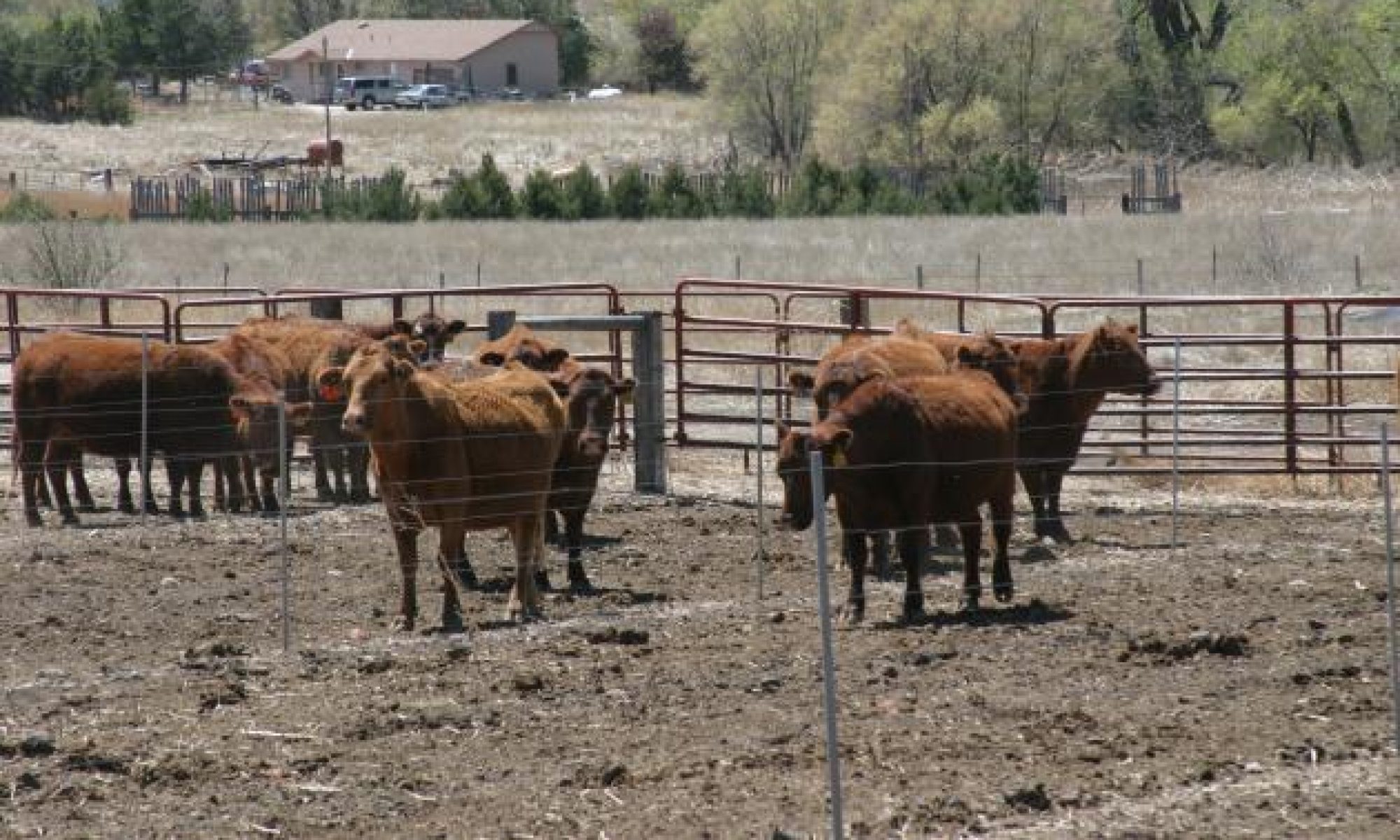Good cattle management requires careful observation, and there are many important things to watch for. One not to be overlooked is the hair coat. The spring may be the best time to evaluate the hair coat of cattle. Healthy cattle have healthy hair. Healthy hair is produced by hair follicles that are supplied with adequate protein, vitamins, and minerals. If any of these ingredients for building healthy hair are limited, the hair coat may become dull, off-colored, and brittle. Unhealthy hair coats are sometimes described as rough and are likely not to shed in a timely manner in the spring. Healthy hair in cattle is not a fashion statement. The same nutritional ingredients that make healthy hair are also responsible for efficient reproduction, immune function, and growth. Hair is an indicator of general health and a predictor of performance.
Several specific conditions cause rough hair coats. Parasites, both internal and external, rob the body of the nutrients needed to make healthy hair coats. Heavily parasitized animals will have an unthrifty appearance, including discolored, lifeless hair and will exhibit decreased performance. Rough hair has long been associated with tall fescue toxicosis, a condition in cattle that consume endophyte-infected tall fescue. Tall fescue is the nutrition base for beef cattle production in Tennessee, and approximately 90% is infected with an endophytic fungus. This fungus produces toxins that decrease production and make rough hair coats in cattle that consume infected fescue, especially in the summer. Another factor that causes rough hair coats and decreased performance in cattle on tall fescue is copper deficiency. Recent forage surveys have shown than copper levels are low, and other minerals (especially sulfur), which decrease copper availability, are high. It is likely that copper deficiency is an important factor leading to poor hair coats in Tennessee cattle. The tall fescue fungus mentioned above is a factor in making copper less available to cattle. Besides depigmentation and impaired keratinization of hair (rough hair coats), signs of copper deficiency are poor growth, low reproduction, and anemia. Deficient levels of copper also have a detrimental effect on the immune system. In fact, it is possible that copper deficiency may be a predisposing factor in parasite infestation as well as early calf death loss and increased susceptibility to respiratory disease in weaned calves. Copper and other minerals must be supplied in supplemental mineral mixtures. Cattle producers whose cattle have hair coat problems should consider whether they should upgrade their mineral supplement. Discuss this with the your local Cooperative Extension agricultural agent. All cattle tend to get rougher hair coats in late winter, but by April to early May, hair coats should have slicked off. Early May is a good time and below is a good system for evaluating hair coats.
The Hair Coat Scoring System
Score Description 1: No detectable problem; healthy coat appearance; appropriate to season.
Score Description 2: Slight indications, but not clear; could be genetically off-color.
Score Description 3: Some off-color; slightly slow to shed.
Score Description 4: Enough dead hair to cover significant percent of body; slow shedding.
Score Description 5: Hair clearly dead in appearance; brittle; cattle not slicking off normally.
